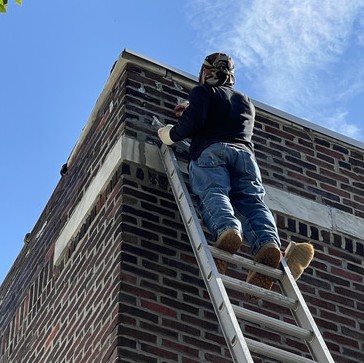


Do you know why most masonry structures are made of brick and mortar? It is primarily because brickwork is highly durable and delivers a stunning aesthetic appeal. When maintained properly, a brick construction can last more than a hundred years! Such is the strength, stability, and sustainability of brick masonry structures!
Nonetheless, despite being extensively long-lasting and weatherproof, it undergoes superficial and structural damage, which can be effectively addressed with tuck pointing NYC. Regarding the appropriate upkeep of brickwork, tuck pointing is one of the most pivotal aspects. Living in cities like the Bronx, Queens, Manhattan, Long Island, Brooklyn, and Richmond Hill, you cannot expect your brick masonry to hold up to the extreme conditions without timely tuck pointing solutions!
What is tuck pointing? What are the basics of tuck pointing? How do you know you need tuck pointing? Well, find all the answers in this blog! You will learn all you need to know about tuck pointing. So, here we go.
Mortar is the binding component that aids bricklaying while retaining its strength and structure. However, over time, mortar joints deteriorate and become weak. As a result, they crumble and disintegrate, causing severe architectural damage to brickwork. Tuck pointing contractors remove decayed mortar from a brick structure and install new mortar in the joints to restore curb appeal and structural integrity. It is similar to brick pointing except that in tuck pointing, two contrasting colors of mortar accentuate the joints.
The principal benefits of tuck pointing are:
Most property owners do not recognize the significance of tuck pointing and overlook masonry damage. The consequence is critical, often leading to expensive replacements. However, assessing the preliminary signs of damage can mitigate risks, offering a safer and healthier living condition.
Check out these damage indications and address them promptly:
To conclude, though tuck point repair cost is a little higher than brick pointing, you still need it to ensure optimal safety. Never ignore the visible signs of damage, or else you will repent later!